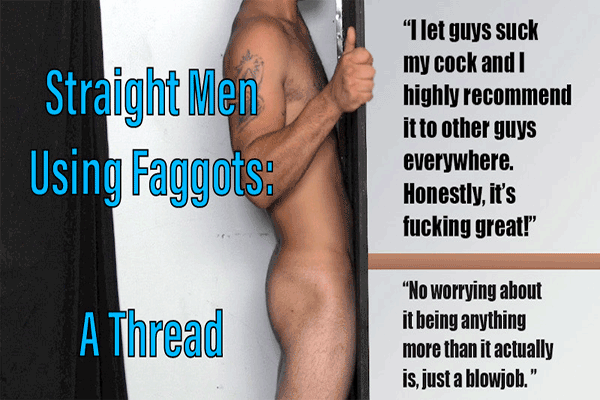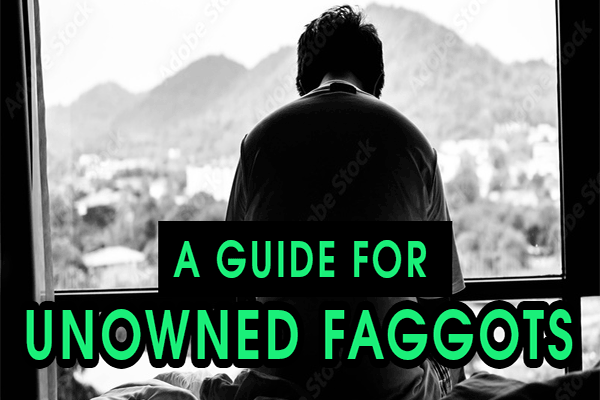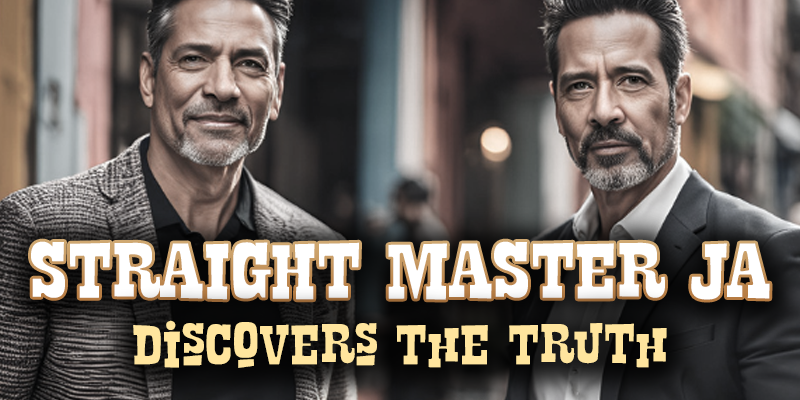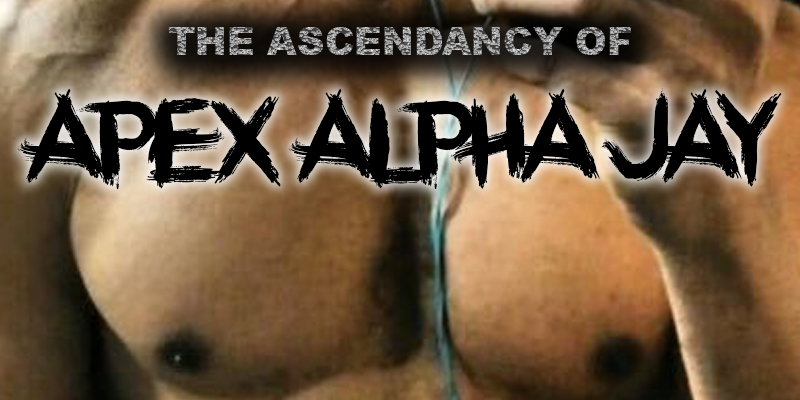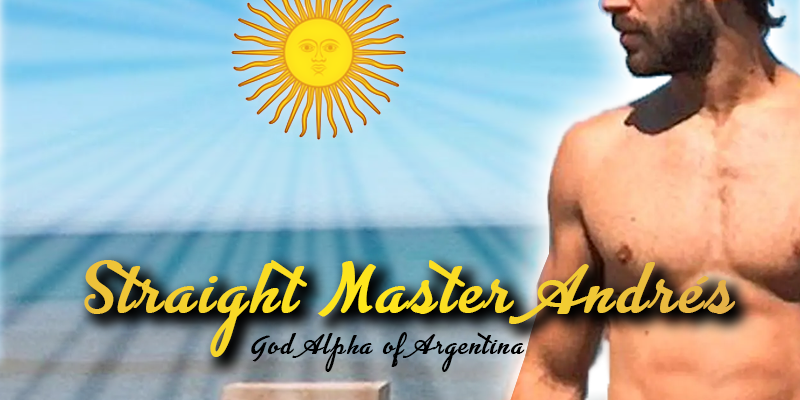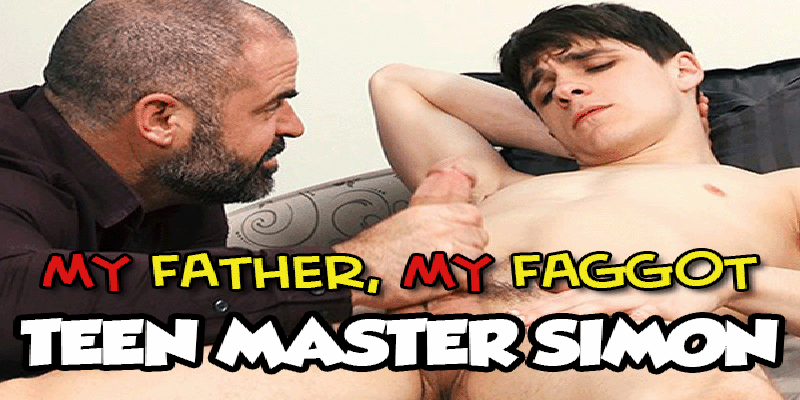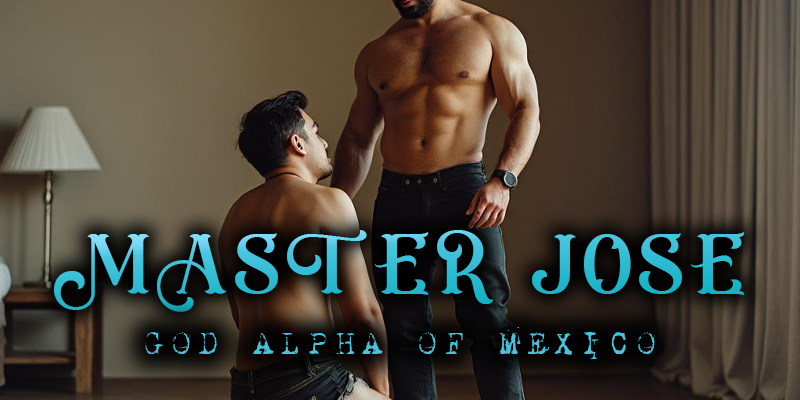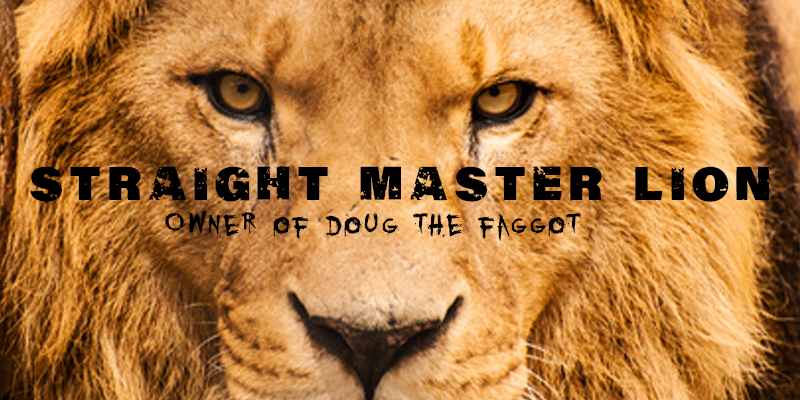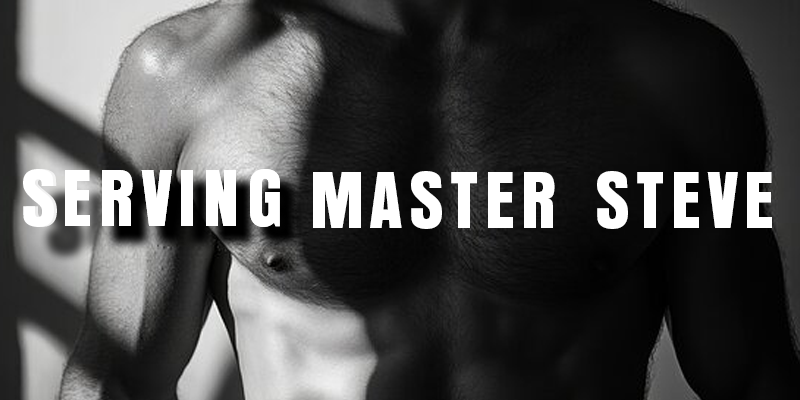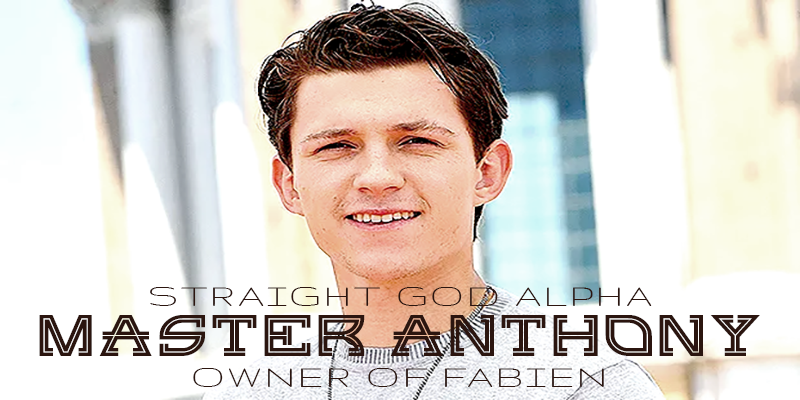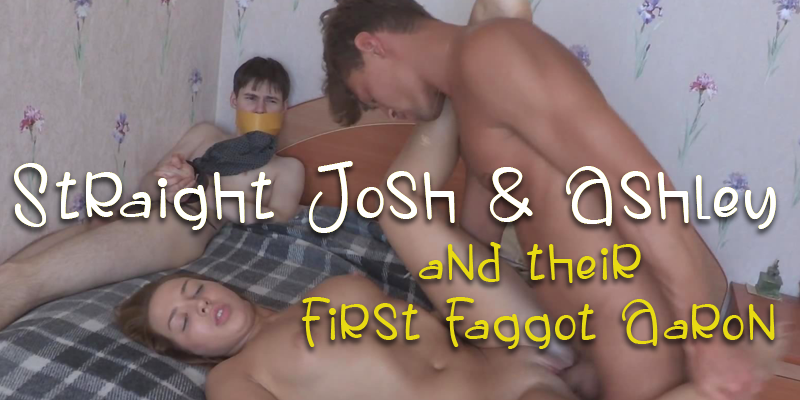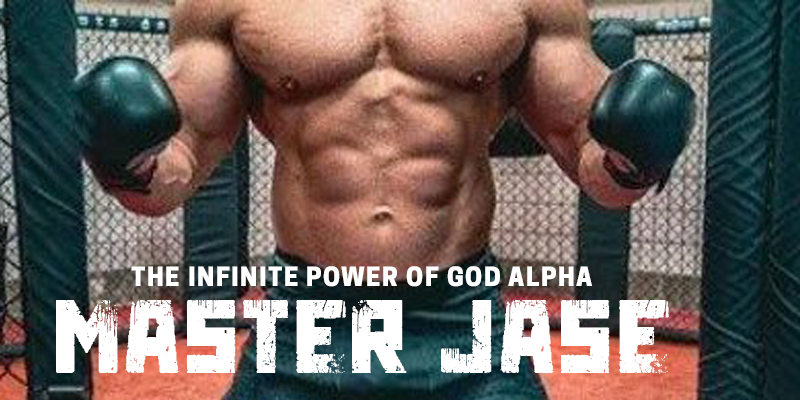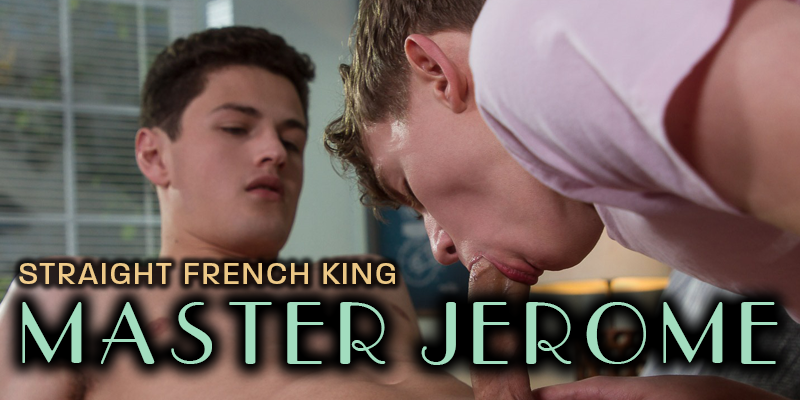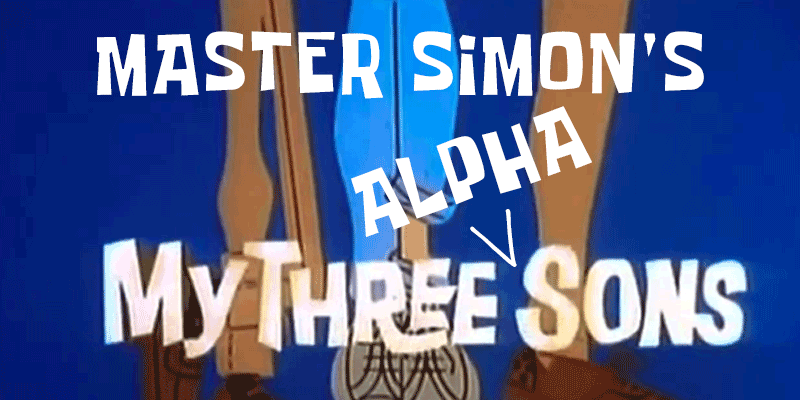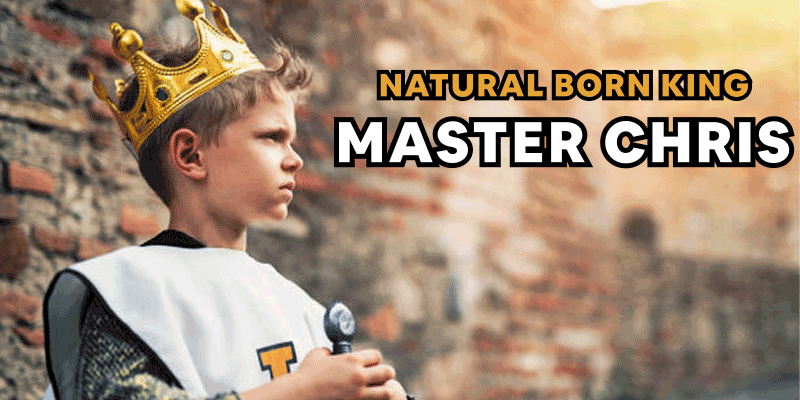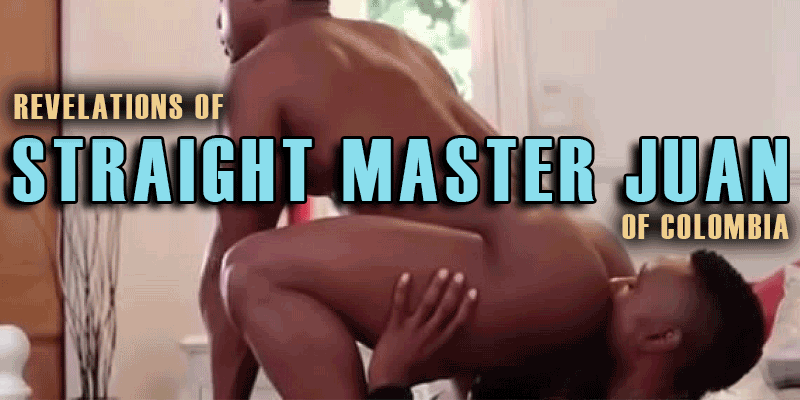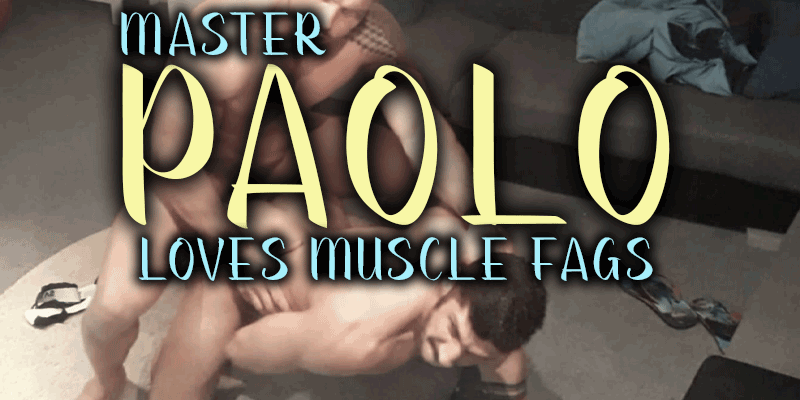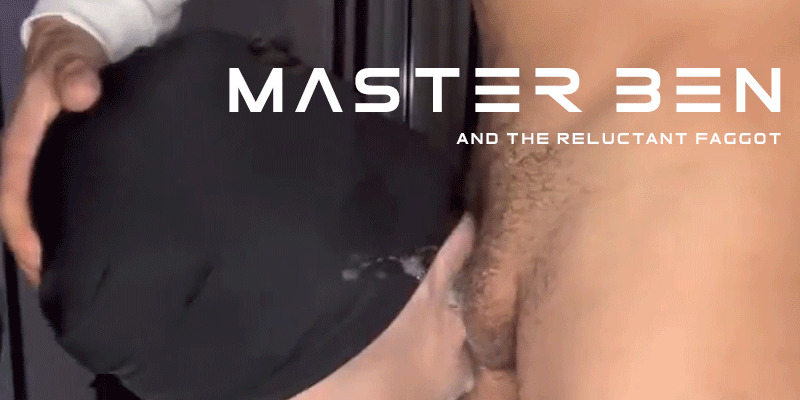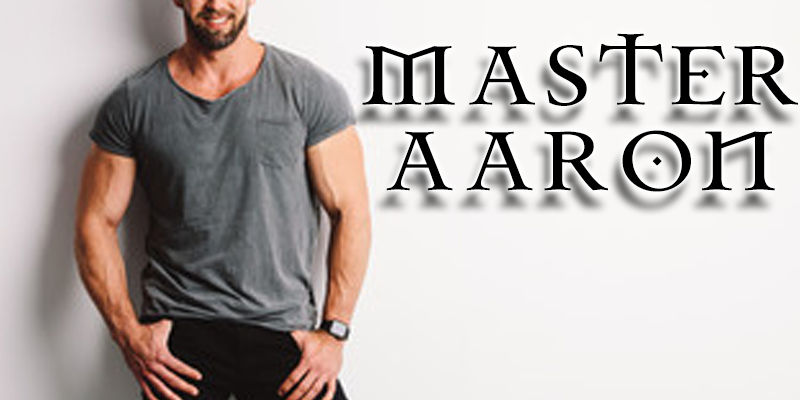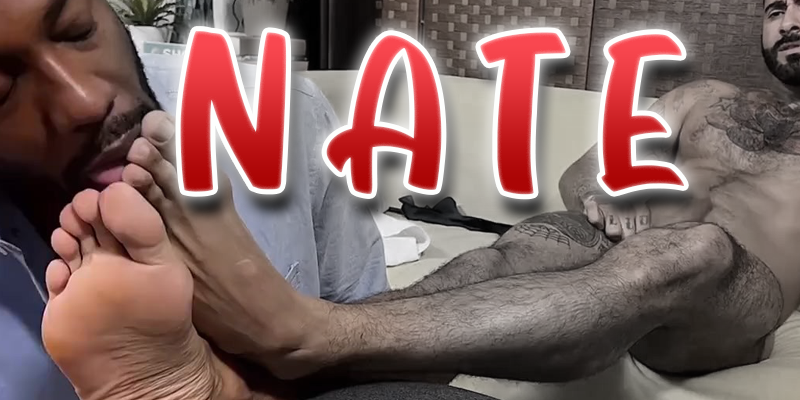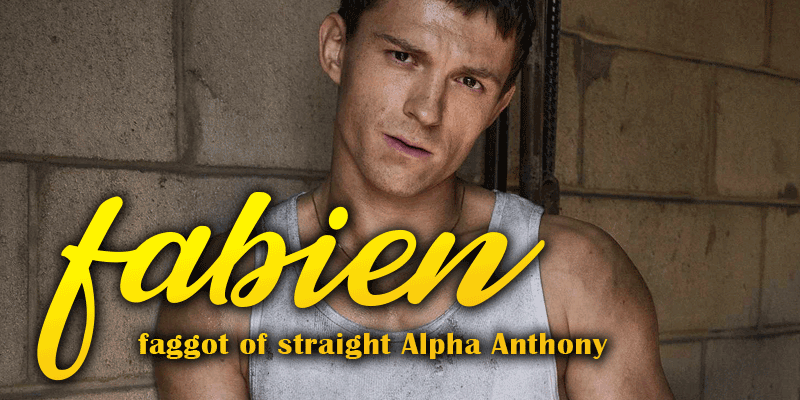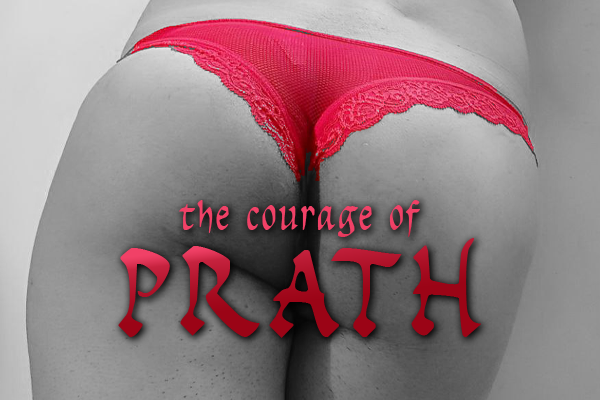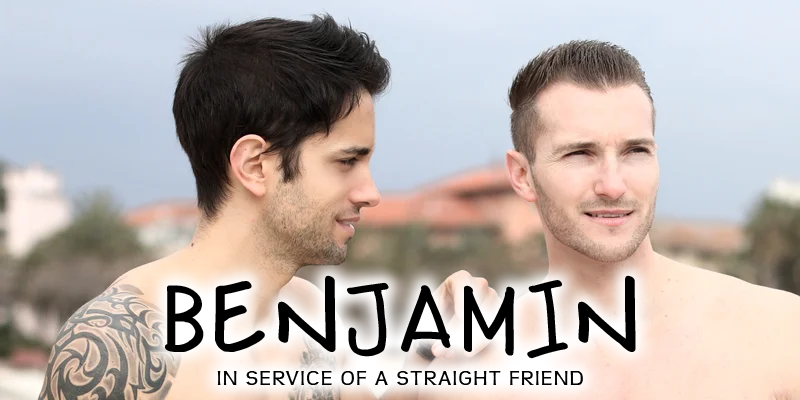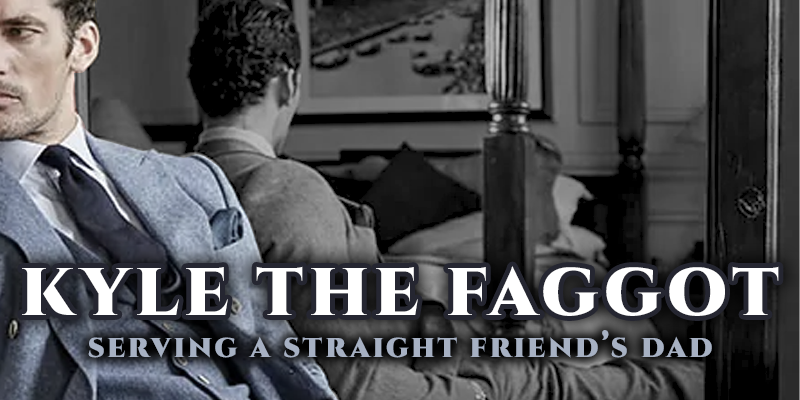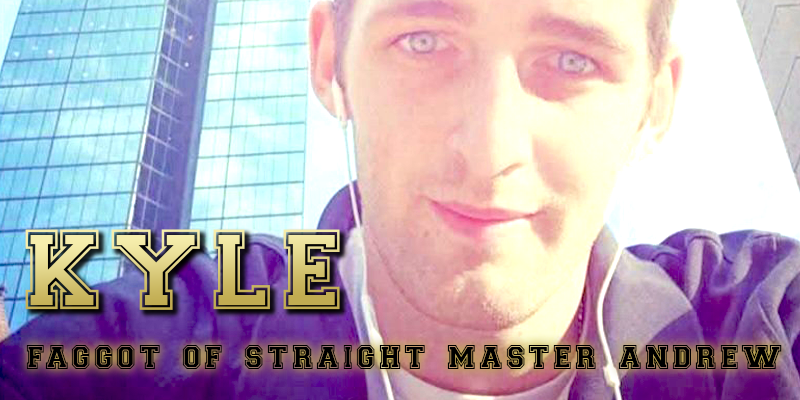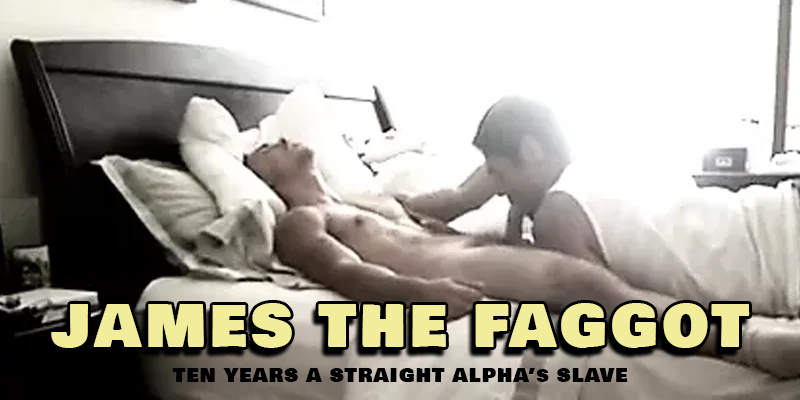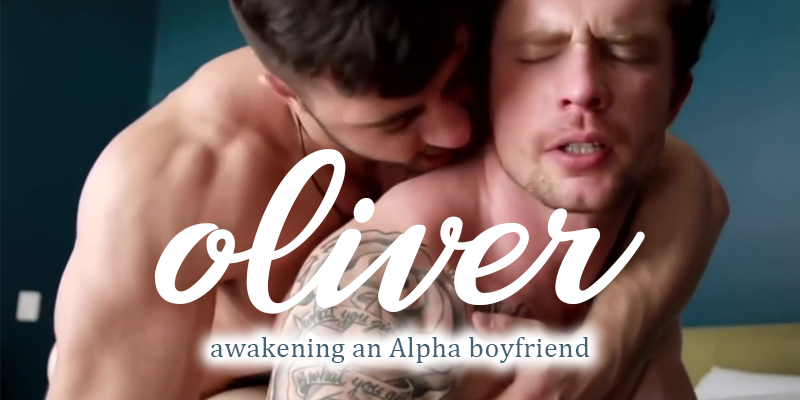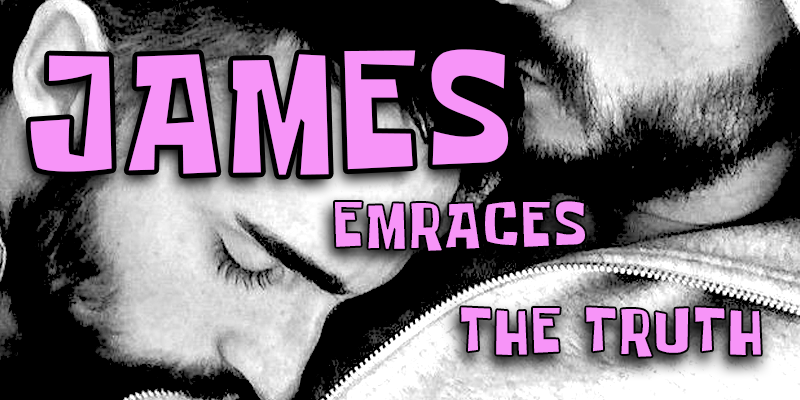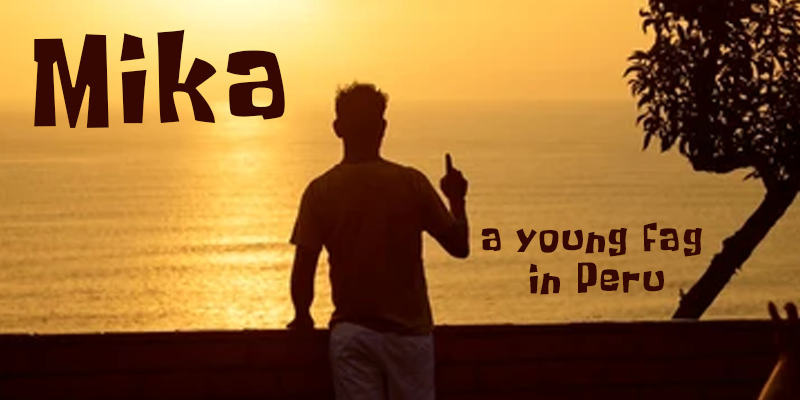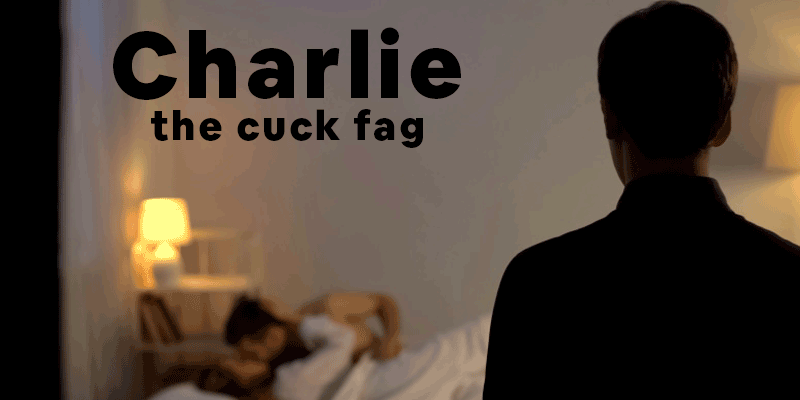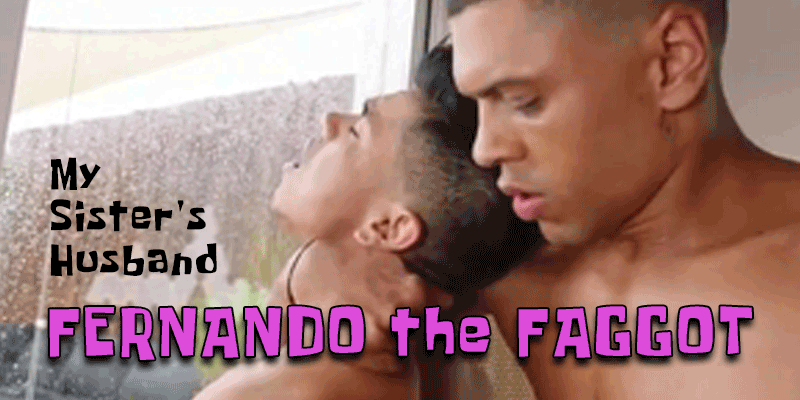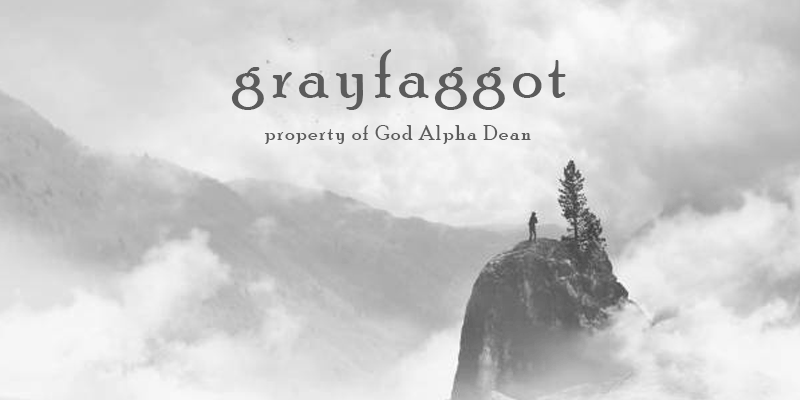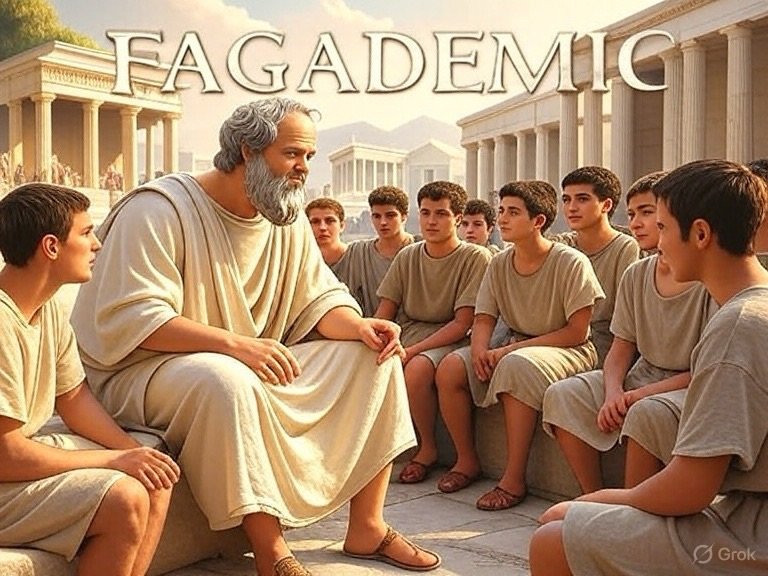
Structured Analysis through the Lens of Hierarchical Sexual Ontology, Violent Truth, and Ritual Use
note: in this review, the author of the reviewed article is referred to as consistent with his self-prescribed place in the hierarchy, without capitalization of his role or name. However, the term “his” at the beginning of sentences has retained the capital H simply to preserve some grammatical consistency, but not to confer on the author any undeserved rank.
I. Introduction: Articulation vs. Integration
boy ben hartman’s A Theory of Faggotry is an elegant and deeply personal articulation of the Submissive and Masochistic Gay Beta Male (SMGB) identity. It blends lived experience with psychological theory, cultural insight, and spiritual framing. The result is a rare attempt to dignify the faggot role — or its softer synonym, SMGB — with language that avoids pathologizing or trivializing the subject.
However, while the text succeeds in defining and affirming the identity it explores, it falls short of fully integrating that identity into a comprehensive ontology of sexual hierarchy. It speaks movingly to the experience of individual faggots, but does not complete the arc: it does not address how the truth of faggotry functions within larger social, metaphysical, or civilizational structures.
More specifically, the text largely avoids the foundational roles that hierarchical violence, ritualized public degradation, and visible, violent sex play in maintaining and transforming sexual orders. Without these elements, the vision remains personal rather than ontological; explanatory rather than structural; therapeutic rather than civilizational.
The critique that follows is structured around five major domains:
- The strength of the book’s core definitions
- The limitations of its consent-and-respect framing
- The absence of ritual violence as a constructive principle
- The underdeveloped role of public degradation and exposure
- The need for a vertically stratified metaphysics of faggotry





